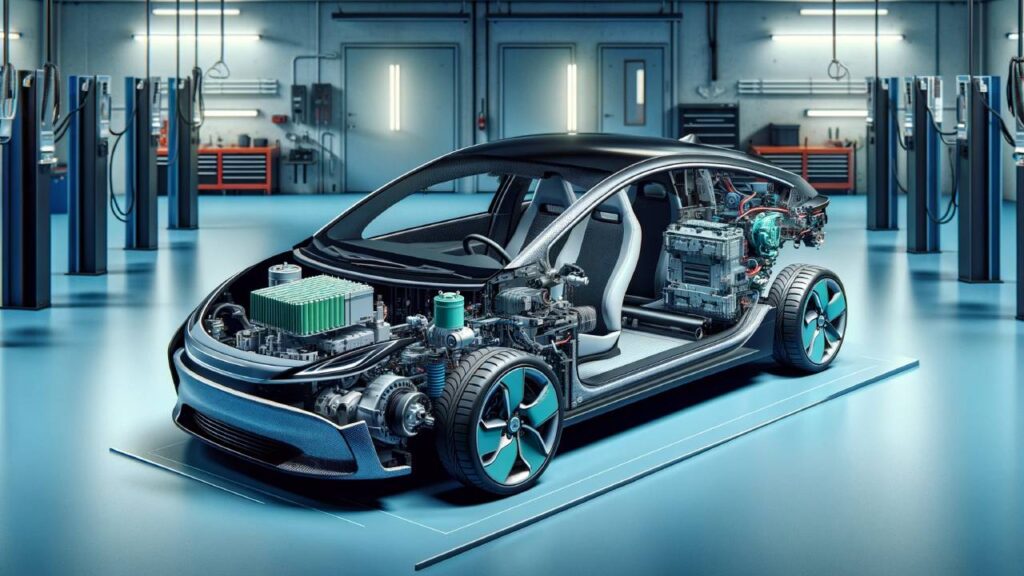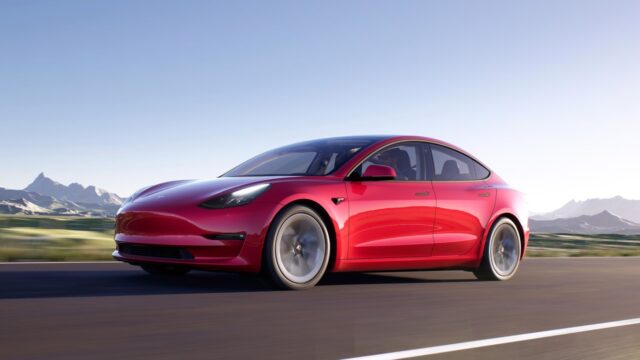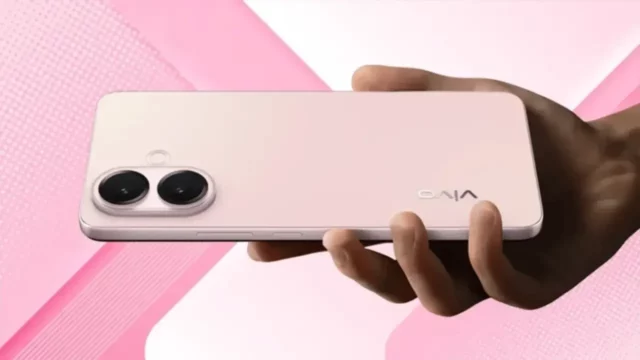With the increasing popularity of electric cars, the number of drivers seeking more information about the maintenance and operation of these vehicles is also on the rise. While electric vehicles typically have fewer moving parts and generally lower maintenance requirements compared to traditional internal combustion engine vehicles, they still require lubrication and cooling fluids in certain areas. Here are all the details…
Where do electric cars use oil?
As Castrol celebrates its 125th anniversary, it has announced growth plans by investing in technology and mobility with its renewed brand identity and vision of “Onward, Upward, Forward.” This innovative approach also includes the development of products specifically designed for electric vehicles.

According to Nilay Tatlısöz, General Manager of Castrol Turkey, Ukraine, and Central Asia (TUCA), 75% of the world’s leading car manufacturers use Castrol ON electric vehicle fluids. These fluids are specially developed to meet the high-performance and efficiency requirements of electric vehicles.
We mostly see the use of oil in electric vehicles in areas such as battery thermal management and cooling of other electronic components. This is because the battery packs need to be maintained within an optimal temperature range to ensure the efficient and safe operation of the vehicle.
Castrol develops innovative solutions such as immersion cooling fluids to meet this need. This cooling technology prevents the battery cells from overheating, thereby improving performance and extending battery life.
Additionally, special lubrication fluids may be required for other components such as electric motors and gearboxes to enhance efficiency and reduce wear. Therefore, electric vehicles are not entirely oil-free systems.
Instead, they are carefully designed to provide optimal operating conditions using high-performance oils and cooling fluids. Castrol’s product range plays a significant role in the maintenance and performance of electric vehicles, as mentioned above.














